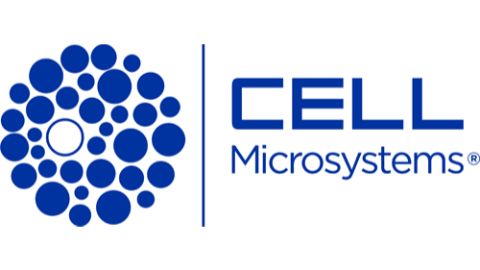Tools for Studying and Using Small RNAs: From Pathways to Functions to Therapies

During the past decade, small RNAs have emerged as crucial regulators of gene expression and genome function, having roles in almost every aspect of biology. Many small RNAs act through RNA interference (RNAi)-related mechanisms, which involve programming the RNA-induced silencing complex (RISC) to recognize and repress targets. One class of small RNA, the microRNAs (miRNAs), naturally regulates programmes of gene expression. Altered miRNA function contributes to human disease, and manipulation of specific miRNAs is now being pursued as a novel therapeutic modality. Small RNAs have also been adapted for use as tools based on reprogramming the RNAi machinery to silence specific coding or non-coding RNAs. These tools have been exploited to investigate gene function in cultured cells and in living animals. Genome-scale collections of silencing triggers permit phenotype-based genetic screens to be carried out easily in organisms in which they were previously difficult or impossible. Such strategies are being used to discover and validate new therapeutic targets, and small RNAs themselves may offer a mechanism for inhibiting targets that are currently viewed as 'undruggable'.





